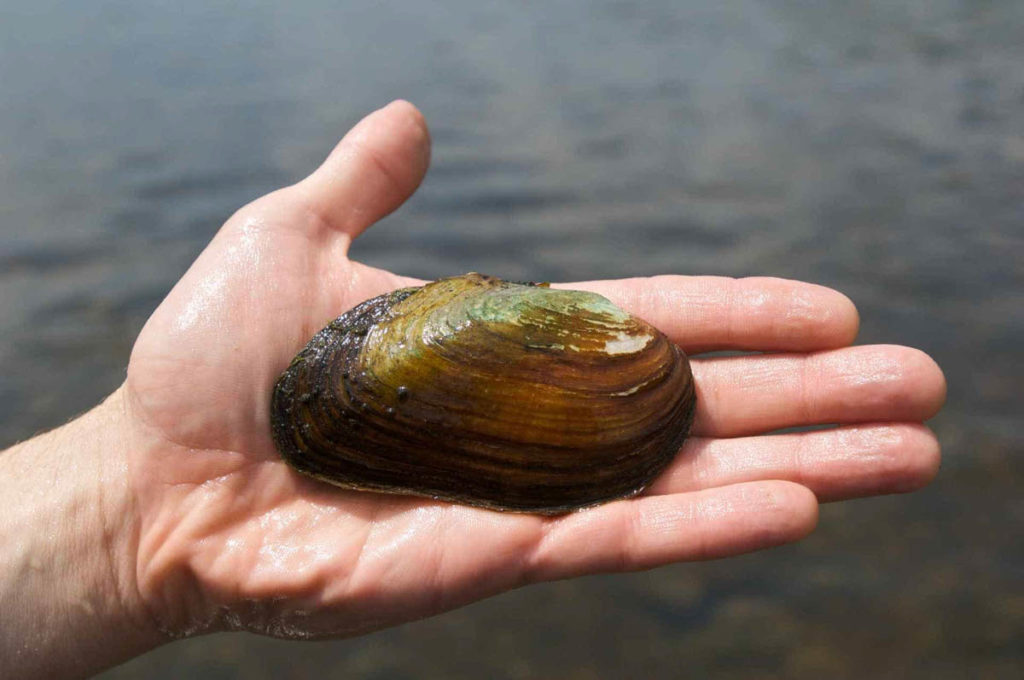Who’d have thought it?
Freshwater mussels, do exist in Canada, in the Ottawa River. The healthy populations of mussels are indicative of healthy watersheds.
It has been said, the Ottawa River has 15 of the world’s 55 freshwater mussel species, a decent number on a global scale. North America has 300 of the 900 types of mussels in the world. However, the much-maligned zebra mussel is not among those welcome in the Ottawa River. In fact, compared with the rest of the world, Canada has one of the richest and most diverse freshwater mussels, yes the world!
There is an uncommon life cycle for freshwater mussels. They can live for between 10 and 40 years. Female brood eggs in modified gill sections, where they develop into bivalve larvae and carry a pair of hooks on each shell valve’s apex.
But we need to know what purpose they fulfil in our waters, and how they reproduce, in order to appreciate freshwater mussels. Their story is fascinating. Freshwater mussels are filter feeders that pump water into their shell and eat tiny particles of food, including tiny algae, bacteria and detritus present in the water; they literally clean up the water. This water filtration process from the mussels takes place from April to November for most species (although some still filter feed under the ice in the winter). As you cruise along a shore, you can see freshwater moulds with their shells gaping open, feeding and filtering water at the same time. In fact, each mould can filter and clean over 50 litres of water a day.
Mussels, similar to the worms in your garden, provide another great service. They mix and oxygenate the underlying sediments of the river or lake. This is achieved by allowing the animal to burrow into gravel, sand or mud and plough through the sediment, often leaving a narrow ‘track’ behind, thanks to their powerful muscular foot. This process oxygenates the bottom and increases lifetime productivity and diversity of life forms.
Can we eat them, then? Freshwater mussels are not as tasty as their saltwater relatives, even though most species are edible. Besides, pollutants can easily settle and build up inside them because they are long-lived filter feeders, making them disgusting and potentially unhealthy for human consumption. At one time, the North American natives did eat them, if no other food was available. Natural predators are some fish, turtles, muskrats, raccoons and otters.
About the pearls; wild mussel pearls are worth more than a cultured pearl. On average, the value of a pearl ranges from $300 to $1500. The most valuable are South Sea-sourced pearls, not river pearls from Canada. Round freshwater pearls on a strand range from $50 to $2,000, look almost identical to Akoya pearls but are less costly. There are no evident signs that there is a pearl inside a mussel. That said, larger mussels may have pearls inside because they’ve had a long time to mature.
It is easy to see mussels by snorkeling. If you move mussels, return them to the water promptly, 3-15 feet deep is recommended, otherwise, they may suffocate and die of exposure to heat and air if removed and left out of the water for any length of time.
Mussels are of great value to the Ottawa River’s water quality and need your help. Let us look after the natural water filters in the Ottawa River.







